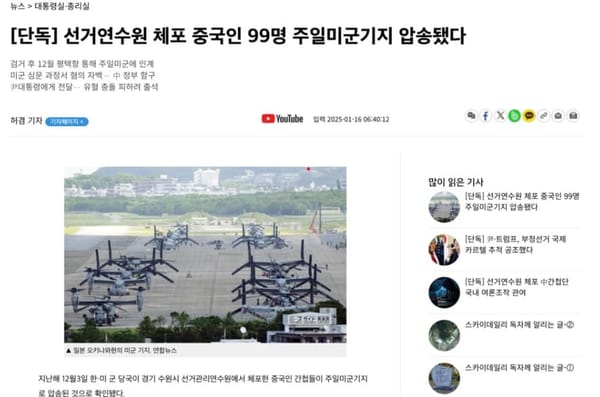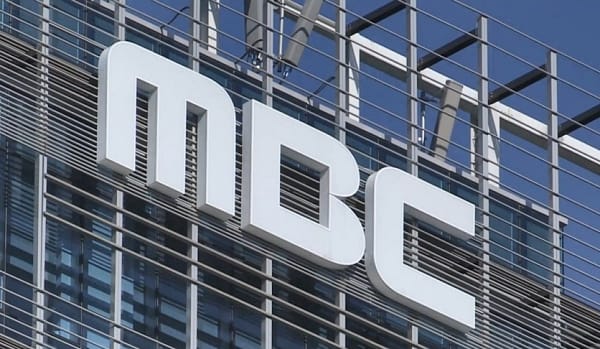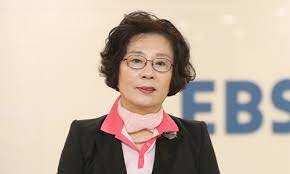Image: Comparison of coverage between the provisional order in favor of Yun Seok-yeol, and the judgment against Yun. Credit: Alookso.
Liberal politician and pundit Yu Si-min 유시민 noted that being a progressive in South Korea was like playing soccer on a “tilted pitch” 기울어진 운동장, in part because of the traditional media’s pervasive bias toward conservatives. (See previous coverage, “Liberals Thrive on Podcasts.”) A new analysis by Alookso 얼룩소 visualized this tilt by reviewing the newspaper coverage of the former Supreme Prosecutor Yun Seok-yeol 윤석열 전 검찰총장, the People Power Party 국민의힘 nominee for president.
Yun made his transition into politics by claiming that the Moon Jae-in 문재인 administration was unfairly targeting him by suspending him from duty based on allegations of surveilling judges and interfering with internal investigation. The turning point was on December 24, 2020, when the court issued a provisional order withholding the suspension, appearing to vindicate Yun. Yet on October 14, 2021, the court found the suspension was justified, finding Yun could have been relieved from duty for his violations. (See previous coverage, “Court Upholds Yun’s Suspension.”)
Alookso’s analysis showed that on December 25, 2020, the day after the court lifted the suspension, the top ten newspapers of South Korea (by revenue) ran 54 stories about Yun’s court victory. But on October 15, 2021, the top ten newspapers ran only 18 stories about Yun’s loss. As expected, the conservative papers showed the greatest disparity: Chosun Ilbo 조선일보, the leading conservative daily, ran ten stories (including on the front page) in hailing Yun’s win, and one story about Yun’s defeat.
But liberal papers were not much better. Although Hankyoreh 한겨레, the leading progressive paper, ran four stories in both occasions, Kyunghyang Shinmun 경향신문, the only other liberal paper in the top ten, ran six stories about Yun’s win (also including on the front page), and one story about Yun’s loss. This disparity was all the more notable because the first court ruling was only provisional, while the second ruling was binding.








